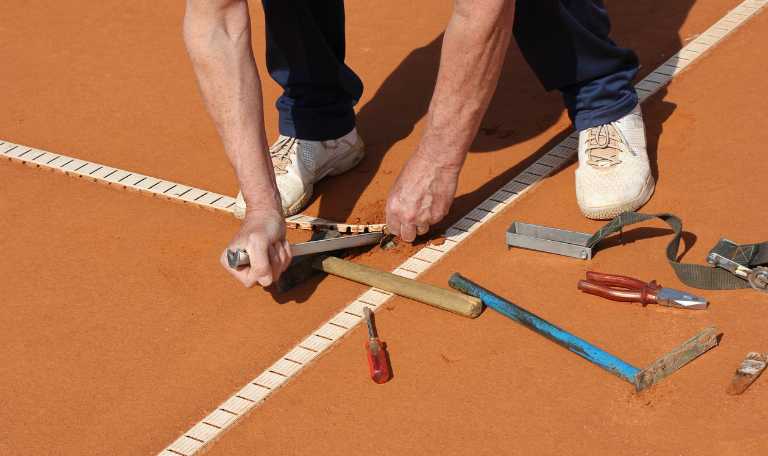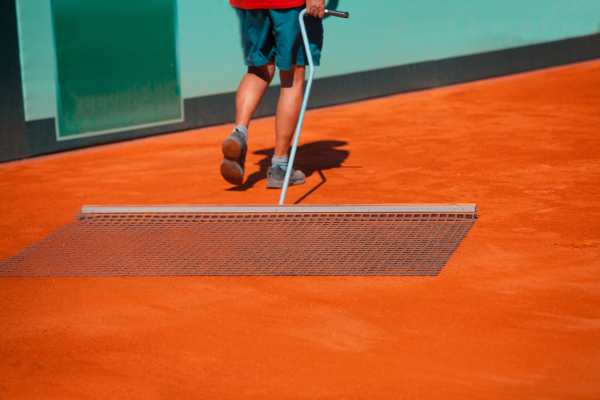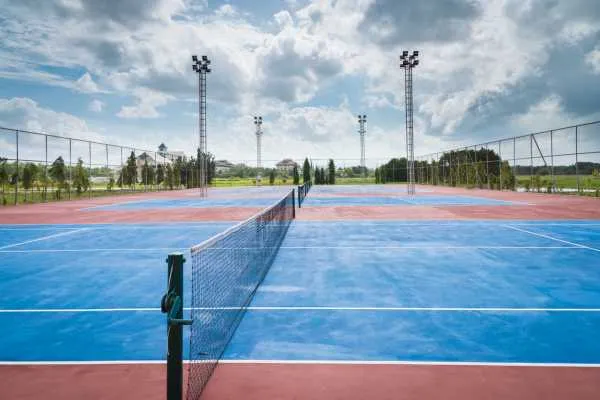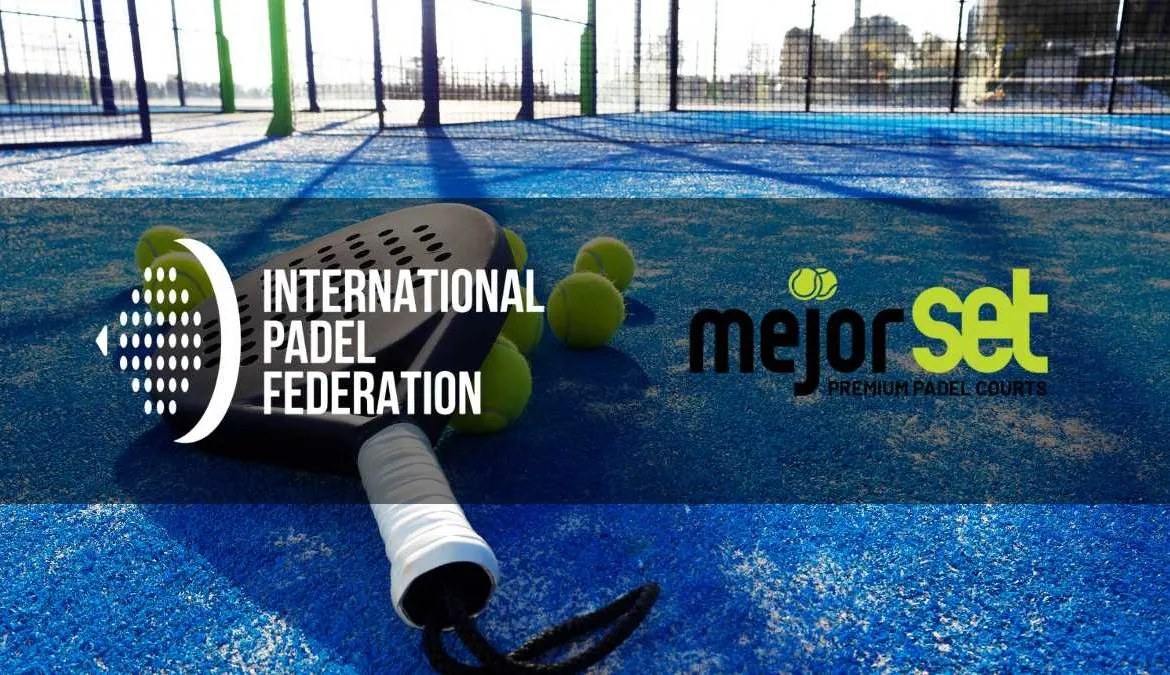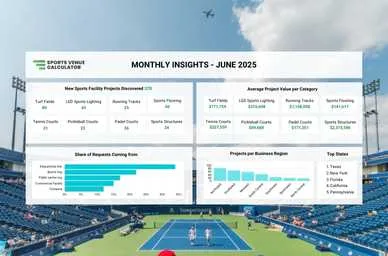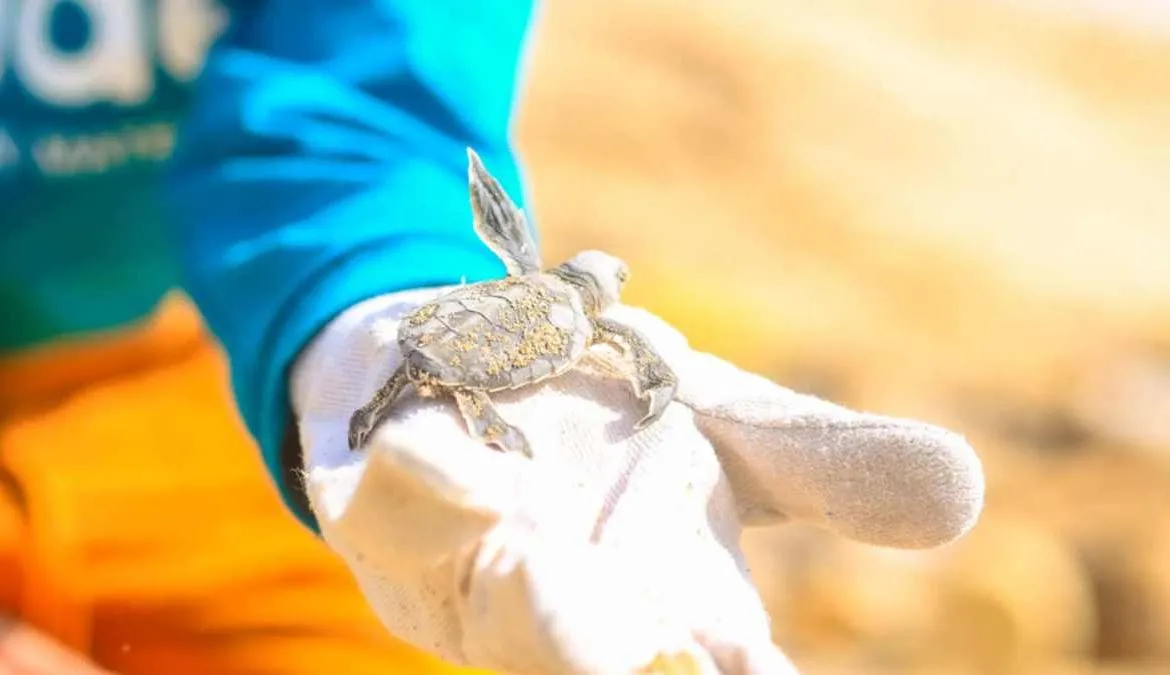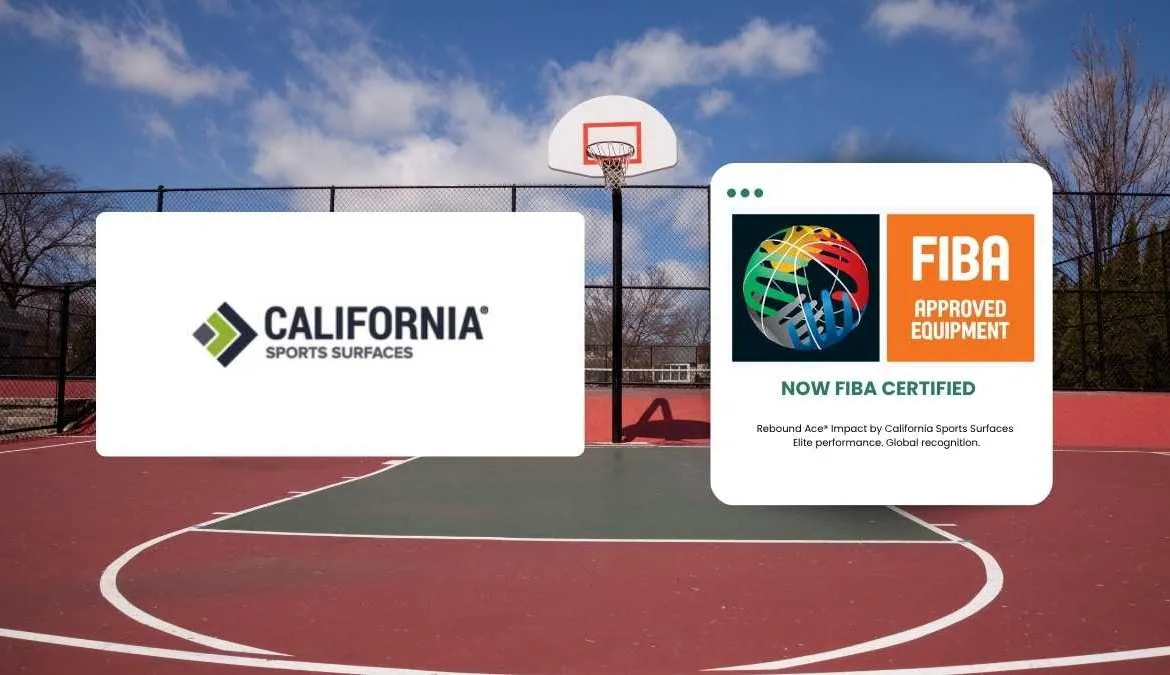Once you decide the time is right to build a tennis court, the first thing to do is ensure you have enough space to build on. Whether it is for a school, athletics club, park, or even a personal project, it is essential to focus on the site positioning and assess the surrounding area.
The good news is most land areas and building sites do not require much investigation. However, to avoid any problems down the road, it’s advisable to contact builders or contractors specializing in tennis court construction. They can advise on some essential factors such as the soil condition.
Other issues that may need to be addressed include waste and fill materials or the presence of peat or different organic soils, plus the possibility of excavation. Water retention issues need to be checked, as is the possibility of using the tennis surface off-season for other sports such as ice hockey or skating during the cold month. Additionally, ease of access for machinery must also be factored in.
The amount of investigation needed depends on each site location and must be agreed upon by all interested parties before the process before the necessary work can begin.




